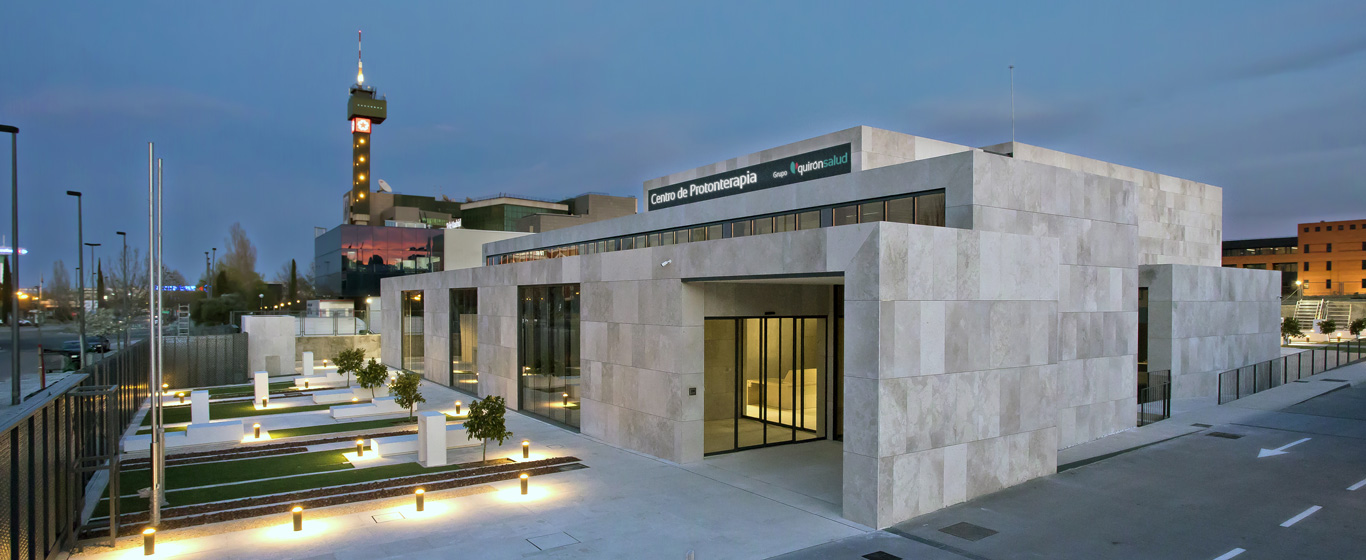Biopsy
A biopsy is an invasive diagnostic method that involves taking a tissue sample from the body to analyze it in the laboratory. This study detects alterations in the quantity, shape, size, structure, or behavior of cells that may indicate a disease.

General Description
A biopsy is a diagnostic procedure in which a tissue sample is taken from the body and then analyzed in the laboratory to determine its characteristics. Unlike cytology, where only the cells are examined, in a biopsy the entire tissue is studied.
This procedure is commonly used when tumors or tissue abnormalities are detected by other diagnostic tests, but their nature is unknown.
Depending on the technique used to obtain the tissue sample, several types of biopsy are distinguished:
- Surgical biopsy: Surgery is performed to obtain the necessary tissue for laboratory analysis to determine whether it is benign or cancerous.
- Incisional biopsy: An incision is made in the skin to take a portion of the suspicious tissue, which is then examined under a microscope.
- Excisional biopsy: The entire lesion or cyst is removed, making the diagnosis usually very precise, as it allows thorough examination of the sample in the laboratory. It is common to also take a sample of the surrounding tissue.
- Aspiration biopsy: A needle is used to reach the abnormal area to aspirate tissue or liquid from within the cyst using a syringe. Surgery is not required, and in many cases, a diagnosis can be made on the same day.
- Fine-needle aspiration biopsy (FNAB): A very fine hollow needle is used. It is a quick and simple procedure, but it may result in a false negative if the needle does not reach the malignant cells or does not obtain enough tissue to perform all laboratory tests.
- Core needle biopsy (CNB): A thicker hollow needle is used, allowing for the extraction of more tissue.
- Liquid biopsy: It analyzes body fluids, such as blood or urine, to detect cancerous cells. This high-sensitivity technique helps determine whether a patient has cancer.
- Lumbar puncture: A needle is inserted between two lumbar vertebrae to obtain a sample of the cerebrospinal fluid from the spinal cord.
It is common for several healthcare providers to be involved in this procedure, as a doctor specializing in the organ that needs to be studied or the suspected disease is responsible for taking the sample, while a pathologist analyzes it.
When is it indicated?
Biopsy is the only technique that distinguishes between cancerous and benign cells, so it is used whenever there is a possibility that a tumor may be malignant. It is also useful for identifying the origin of an infection or inflammation.
Each type of biopsy is indicated at a different time:
- Excisional biopsy: This is the best option when the nodule is small or if other previous biopsies have been inconclusive. It is commonly used when lymphoma is suspected and in dermatological abnormalities, especially melanoma.
- Incisional biopsy: It is used for deep skin lesions or tumors in soft tissues that are difficult to access, as well as for diffuse non-tumor processes. It is often used for the analysis of lymph nodes at risk of lymphoma.
- Fine-needle aspiration biopsy: This is appropriate for cysts close to the surface (such as cysts or nodules in the thyroid or breast), as well as for liver abnormalities.
- Core needle biopsy: It is typically used when the detected lump is close to the skin, and a larger tissue sample is needed. It is useful in breast cancer cases and cysts with microcalcifications.
- Liquid biopsy: In recent years, it has been discovered that a high percentage of patients with solid tumors exhibit genomic alterations that can be detected by blood biopsy. Because the results are quicker, it is indicated in cases where a diagnosis is needed as soon as possible. Additionally, the sample collection is less invasive.
- Lumbar puncture: It is indicated for individuals suspected of having lymphoma or that it has reached the brain, as well as for brain tumors. It is also useful for detecting meningitis, multiple sclerosis, or other central nervous system disorders.
How is it performed?
A biopsy is an invasive procedure with a different protocol depending on the type being performed:
- Excisional or incisional biopsy: This is a surgical procedure that involves anesthesia, either local or general. Once the area is prepared, an incision is made in the skin, and part of the tissue or the entire tumor is removed. Normally, the incision is closed with stitches.
- Aspiration biopsy: Surgery is not required, although the procedure is usually performed in a sterile room close to the laboratory, as pathologists check whether the sample is viable or needs to be retaken. This technique does not require anesthesia. The skin is disinfected before inserting the needle, and the aspiration is then performed.
- Liquid biopsy: A sample of the liquid to be analyzed is collected, such as blood from a vein in the arm, urine in a sterile container, or pleural or cerebrospinal fluid aspiration. The latter requires a separate procedure.
- Lumbar puncture: Local anesthesia is usually applied to reduce discomfort. The specialist inserts a needle in the lower part of the spine, typically between the L3 and L4 vertebrae. After measuring the cerebrospinal fluid pressure, the sample is taken, and a sterile dressing is placed over the puncture site.
Within the first 30 minutes after the sample is taken, it is fixed with formaldehyde (CH2O), commonly known as formalin, to prevent cell degradation and preserve internal components. It is then recommended to tampon it to prevent oxidation. Occasionally, it is advised to store the sample in cold or frozen conditions.
For microscope observation, very thin sections are taken and placed on a glass slide. This analysis determines whether the neoplasms are cancerous. If so, the pathological study determines the type of cancer (the organ where it originated) and its grade.
Risks
Undergoing a biopsy is generally safe. However, since it is an invasive procedure, and sometimes surgical, certain complications may occur, including:
- Bleeding at the needle insertion site or at the incision.
- Inflammation of the affected area.
- Infection caused by surgery or microorganisms at the suture sites.
- Damage to surrounding structures.
- Fever.
What to expect from a biopsy
On the day of the appointment, it is recommended to wear comfortable and easy-to-remove clothing, as the medical center will provide a gown. Before the procedure, the patient must sign an informed consent form.
- Surgical biopsy: The patient lies on a stretcher in the proper position for the surgeon to access the tumor more easily. Once positioned, anesthesia is applied. When local anesthesia is used, a sedative is often administered to keep the patient relaxed throughout the procedure. Afterward, a recovery period is required before leaving the center. Normal routine can typically resume the following day with some precautions to ensure proper healing of the incision. Mild discomfort or slight pain is common, and pain relievers can be taken. Stitches are usually removed after a few days. The procedure typically lasts between 30 and 45 minutes.
- Aspiration biopsy: The specialist indicates the proper position for accessing the cyst. The patient must remain still and follow the specialist's instructions during the procedure, which lasts around 30 minutes. In this case, normal routine can be resumed immediately.
- Liquid biopsy: The procedure for taking urine or blood samples is the same as in routine tests. To obtain pleural fluid, local anesthesia is applied, and a needle is used to aspirate it, as in the previous cases.
- Lumbar puncture: The patient should adopt a fetal position, lying on their side with their knees drawn to the chest, when the local anesthesia is applied. Once it takes effect, pressure is felt as the needle is inserted, but it is not painful. During the procedure, the patient may need to change position. The procedure lasts about 45 minutes. Afterward, it is recommended to lie down for a few minutes and gradually return to routine activities, avoiding strenuous physical activity on the first day. Pain relievers can be taken if a headache occurs, but if it intensifies, the patient should go to the emergency room.
In some cases, results are available on the same day as the sample collection. However, it is more common for results to take several days.
Specialties in which a biopsy is requested
Many specialists request a biopsy for pathologists to analyze a tissue sample in the laboratory. These include oncologists, gynecologists, neurologists, dermatologists, hematologists, and specialists in digestive system disorders.
How to prepare
No special preparation is typically required for a biopsy, although it is common to be asked to fast before the procedure. This instruction does not affect medication, which can usually be taken unless otherwise indicated by the specialist.








































































































